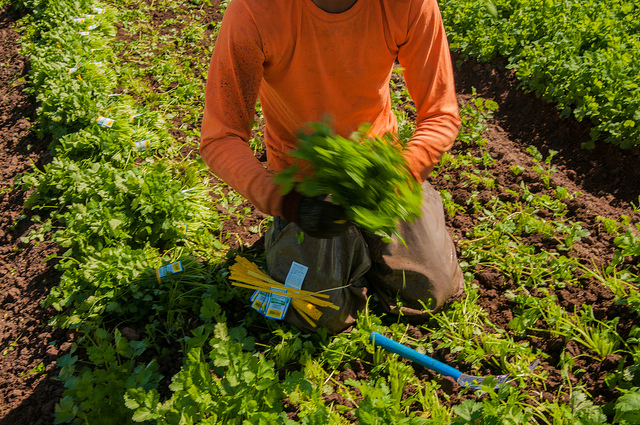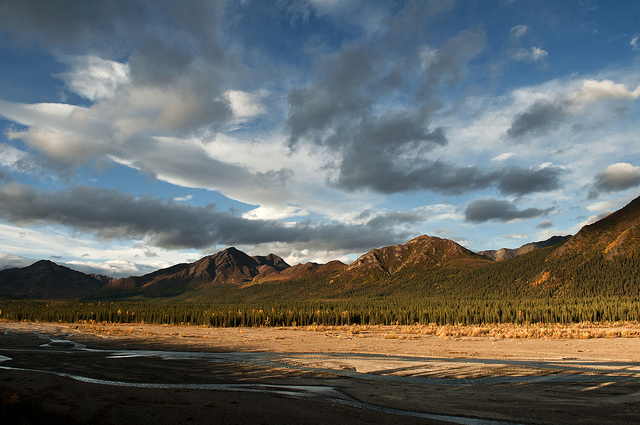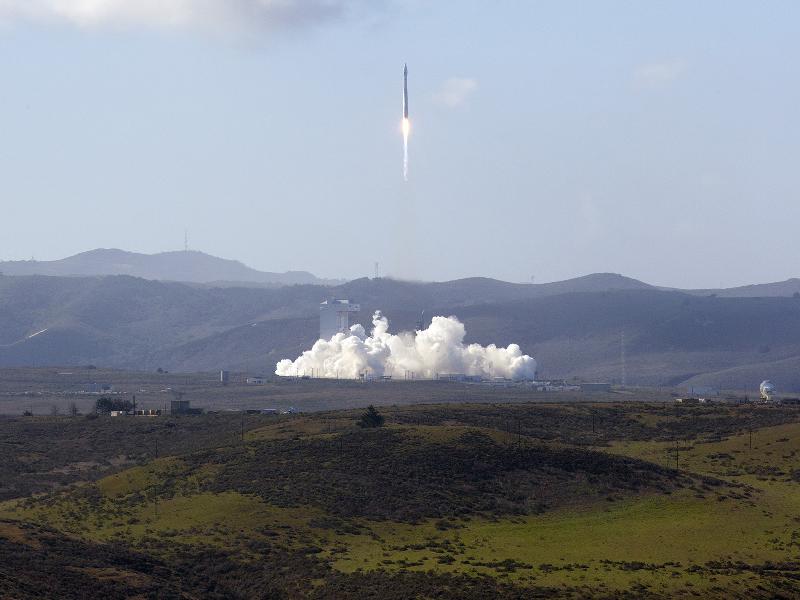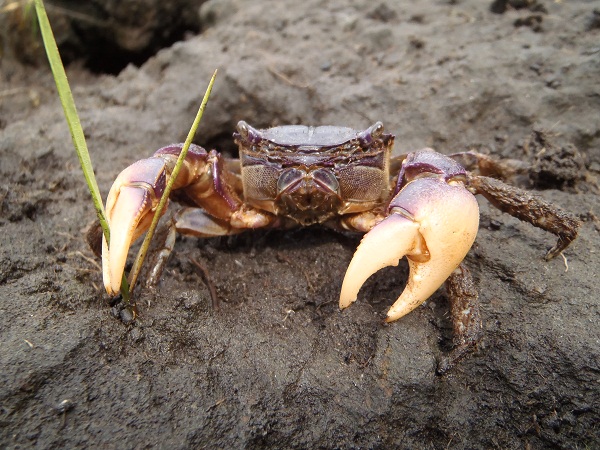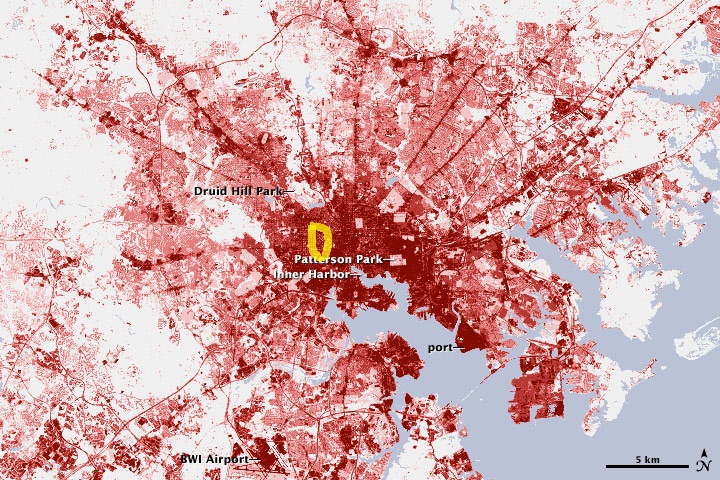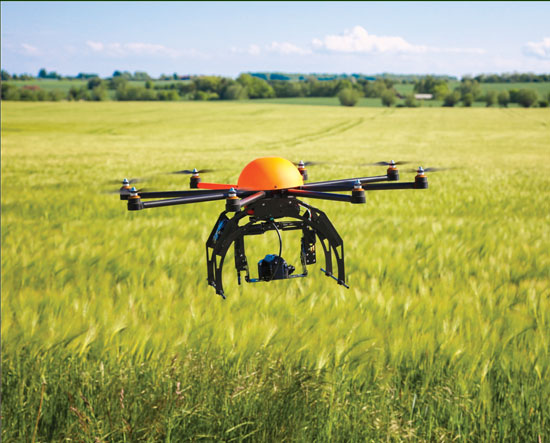
the drones are coming
Unmanned vehicles bring in the data By Liza Lester, ESA communications officer Earlier this month, a couple of environmental scientists from NOAA and WWF turned up at a symposium on drones in company with journalists, law & order types, engineers, gearheads and think tank fellows. The scientists were on the pro-drone docket. Drones can look for oil spills and…
